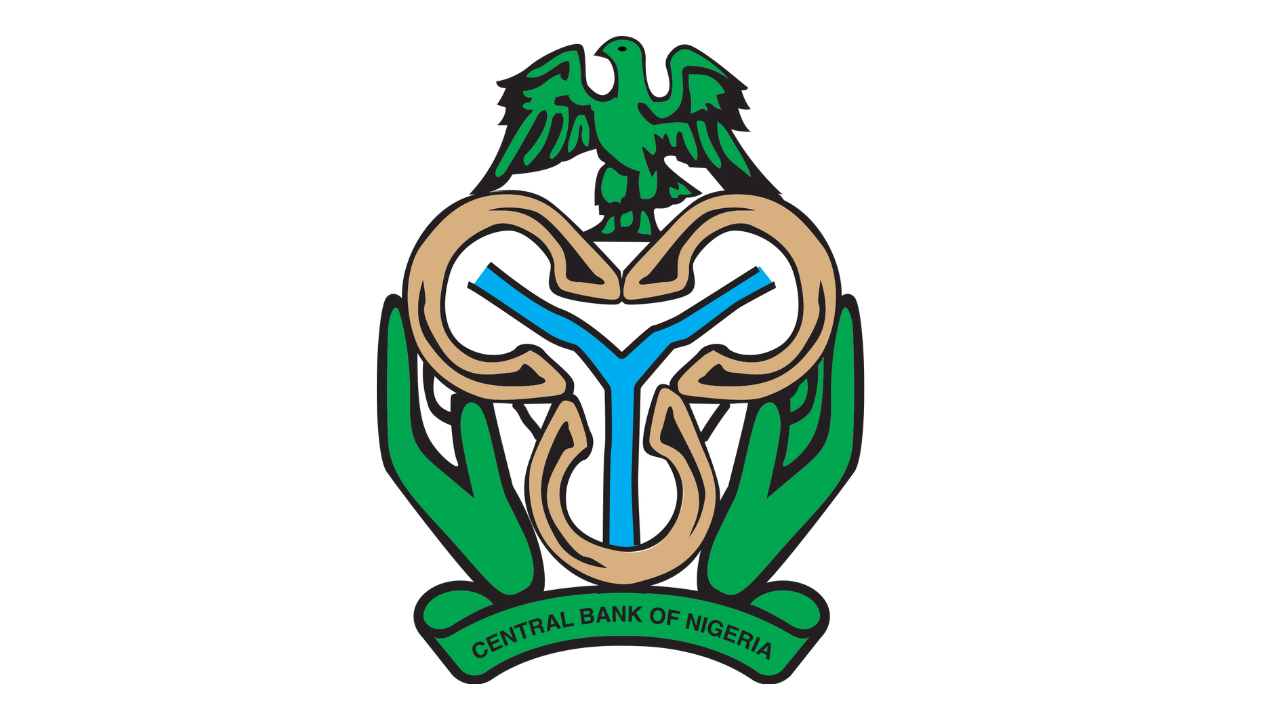Banks borrowing from the Central Bank of Nigeria (CBN) declined significantly by 43.76 per cent month on month, while deposits into the coffers of the apex bank rose in January as liquidity conditions in the financial system improved.
Data from the CBN showed that the Standing Lending Facility (SLF) declined from N16.27 trillion in December last year to N9.15 trillion at the end of January 2025. Year on year, borrowings from the apex bank had risen by 158.5 per cent.
The Standing Deposit Facility, which is banks’ deposits with the apex bank, increased by 20.3 per cent in January compared to what the banks kept with the apex bank in December 2024. At the end of last month, banks’ deposit with the CBN stood at N9.39 trillion as against N7.8 trillion with it deposited the previous month.
In January last year, total borrowing from the CBN through the SLF window stood at N3.54 trillion compared to the N9.15 trillion borrowed in January 2025. Similarly, deposits with the apex bank was up by 627 per cent when compared to monies deposited with the apex bank through the SDF in January 2024 stood at N1.29 trillion.
Last year, the CBN had issued a circular lifting the suspension of the standing lending facility for banks in the country and fixed interest on their deposits between 19 and 25.75 percent, based on the amount deposited.
According to the circular, commercial and merchant banks will get up to 25.75 per cent interest for deposits up to N3 billion, while deposits above N3 billion, will attract a 19 per cent interest. For Payment Service Banks (PSBs), deposits up to N1.5 billion will earn them the 25.75 per cent interest whilst deposit above N1.5 billion will attract interest of 19 per cent.
Also, under the new policy, all SDF deposits are remunerated at the Monetary Policy Rate (MPR) minus 100 basis points. With the current MPR at 27.5 per cent, this results in an SDF rate of 26.5 per cent.
Meanwhile, the Federal Accounts Allocation Committee (FAAC) allocation of N1.4 trillion entered the Nigerian financial system in January which reduced the banks’ borrowing needs. In the primary market, CBN conducted an OMO auction offering N500 billion, which was oversubscribed by N1.1 trillion, with stop rates for 350-day and 364-day bills at 23.8 per cent apiece.
Additionally, the Debt Management Office (DMO) led Nigeria Treasury Bills auctions as investors showed strong interest, pouring in N2.5 trillion.
The government offered T-bills in three durations: 91-, 182-, and 364-days, with the 364-day bills attracting the most funds. Despite high demand, the DMO sold N756 billion worth of bills, with interest rates remaining mostly steady.
According to analysts at Afrinvest West Africa, investor preference for longer maturity instruments is underpinned by the need to lock-in on the current high yield given uncertainty around monetary policy direction post-CPI reconstitution exercise.
In the secondary market, average yields contracted by 2.5 per cent m/m to 23.5 per cent, driven by buy-interest on the short-, mid-, and long-end of the curve, with yield decreases of 4.4ppts, 2.5ppts and 0.7ppts m/m to 22.0 per cent, 22.6 per cent, and 25.9 per cent respectively. In February, system liquidity is expected to be further drawn down as the CBN conducts more T-bills auctions to absorb inflows from anticipated OMO. Investor sentiment will likely be influenced by expectations of a benchmark interest rate hike by CBN at the upcoming monetary policy meeting, making T-bills an attractive and relatively safe investment for higher returns.
